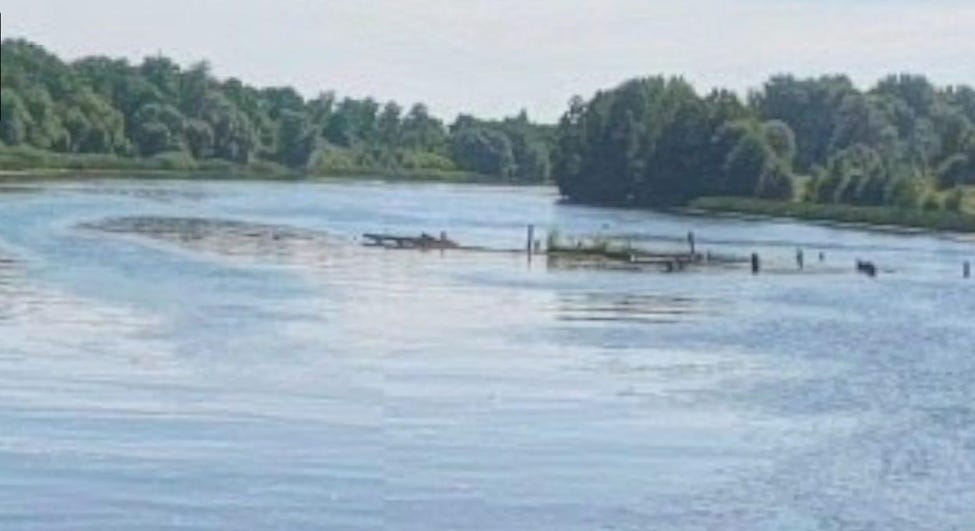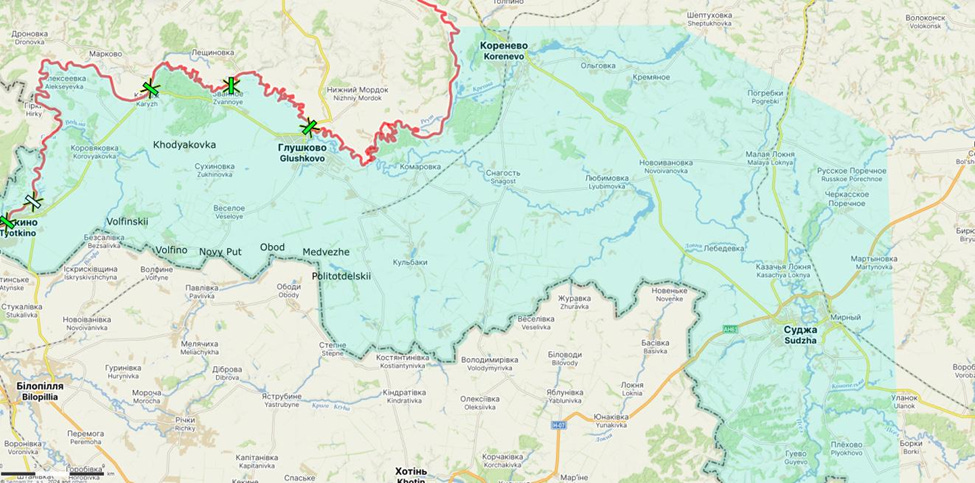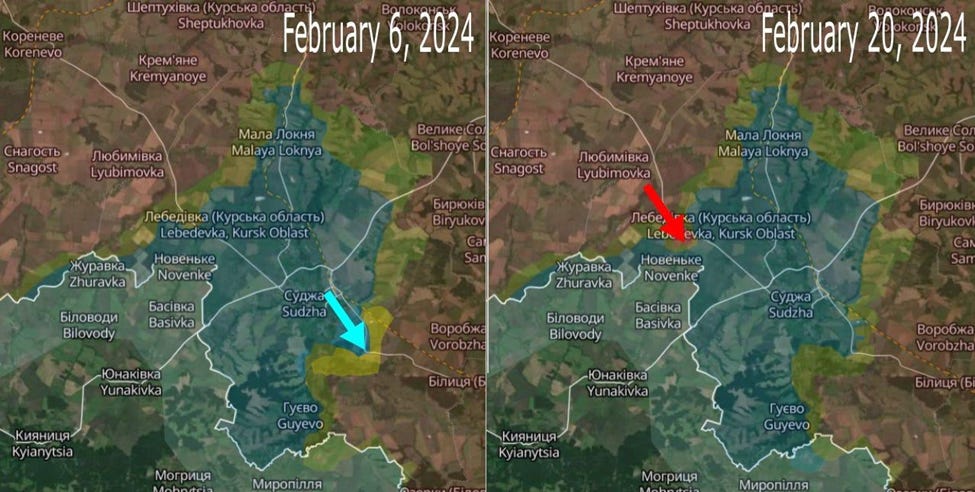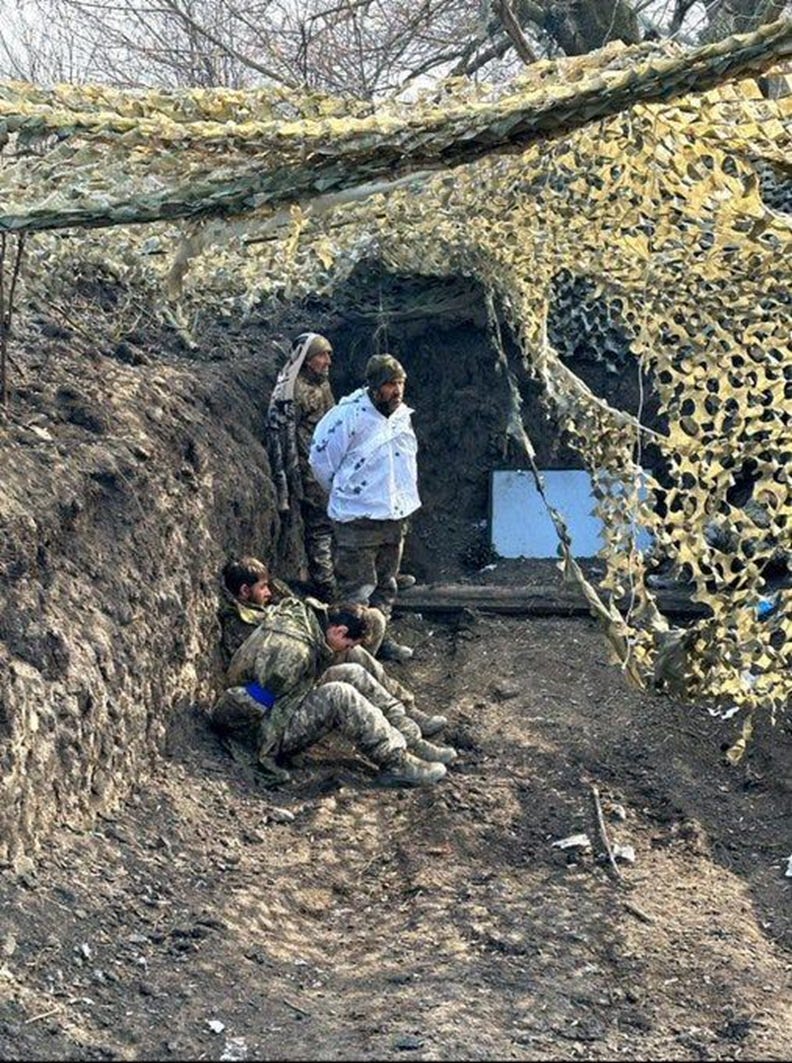Hello everybody!
The last few days, ‘we’ (well, at least Benjamin and me) have busied ourselves ‘enough’ with ‘ambient sounds’ of the conflict in Ukraine. Before continuing with Benjamin’s features, and then my analysis of the air war, and answers to your questions, here is Don’s usual review of developments around the battlefields of the last week.
***
Kursk
With the Trump administration undercutting Ukraine, many have wondered if the brief suspension of intelligence sharing was a factor in Ukraine’s route, or worse, if the US somehow gave the Russians intelligence. Others have asked if it is really as Trumpf was claiming, that ‘thousands of Ukrainian soldiers’ were ‘encircled’ inside Russia, and Putin should ‘spare their lives’.
None of that is true.
The collapse of Kursk had many military reasons, similar to other military reversals for Ukraine. We don’t know exactly what the objectives of the operation was, or the information Ukraine had, or the details of all the difficulties they encountered, but we can make some broad observations. Finally, there is absolutely no trace of evidence for the Russians encircling any ‘bigger’ groups of Ukrainian troops, nor for them capturing more than, perhaps, 20.

The fundamental question about the Ukrainian operation in the Kursk Oblast of the Russian Federation remains that of its purpose. The few (luke-warm) attempts of the officials in Kyiv to explain it, remain anything else than ‘satisfactory’: at least, all of them are making no sense.
Therefore, presently, we can only continue guessing about the purpose of this operation.
If its purpose was to hold the ground, then taking ground that is easy to hold should have been an objective. The Seym river would be difficult to cross in a military offensive operation. Any crossing would be difficult to sustain with reinforcements and supplies needing to cross a ‘defended river obstacle’ and an enemy (Ukraine) that would be constantly bombarding any bridges, boats or amphibious vehicles. With the territory from Tyotkino to Glushkovo easily protected, Ukraine could focus on fighting for Korenevo, Sudzha and territory to the north and east knowing that their western flank was secure.
Ukraine never invaded Russia before and they had to face a lot of unknowns. One thing they knew is it had to be a surprise. The longer they planned and prepared for it, the more likely Russia would get word of the preparations. The brigade commanders involved in the operation only had three days to move from fighting at one location to crossing the Russian border. That left little time for their planning.
The degree of planning at the highest levels of command is unknown, but Ukrainian soldiers were surprised that their Starlink communication systems didn’t work in Kursk. Troops movements and logistical support had to be conducted independently on local radios or with messengers until workarounds re-established network communications. This impacted the speed of the advance.
Even so, by August 13th, a week after crossing the border, they occupied a large area. They would continue raiding for a couple of weeks but by August 19th they expanded to their greatest amount of controlled territory. Reason: they have failed to secure Korenevo and enough roads to expand their logistics capabilities. As a consquence, many of units had to stop and wait to receive fuel and supplies, instead of continuing to destabilise the Russian positions through raiding behind them. As a consequence, the Russians were given enough time to establish and then expand firm frontlines, while bringing in ever more reinforcements.


Moreover, on September 10th, the Russians launched a large attack south of Korenevo and blew through the positions of a Territorial Defense unit. Russian forces suffered heavy casualties, but the size of their assault was greater than Ukraine’s ability to stop it and they drove over 13 km past the front line before the lines were stabilized. The next day, Ukraine made a second border crossing at Novy Put to draw off Russian forces. A month later, the Novy Put crossing had been stagnant for three weeks while the Russians slowly ground their way south and east. They also made gains in the east along the international border.
Over the next six weeks, the Novy Put bulge was reduced, and Russians advanced against the western side of the Sudzha bulge at great cost. They also continued to push forward on the eastern side along the international border. Russia was bolstered by the introduction of North Koreans into combat at the beginning of November.
Over the next two months the Russians continued to squeeze the bulge.
At the beginning of February, Ukraine conducted a successful local counterattack that recovered some territory near the eastern base of the bulge. However, two weeks later, Russia took Sverdlikovo which threatened Ukraine’s main supply route. This was the decisive feat.
At the beginning of March, Russia brought one of their best drone teams in to focus on any Ukrainian vehicles moving along the main road to Sudzha. A week later, a North Korean force penetrated deep into Ukrainian positions between Sudzha and Guyevo, threatening an alternate supply road. Russian forces not only infiltrated Sudzha (partially with help of wearing blue identification bands!), but also crossed into Ukraine on the western side of the bulge.

Within two days, Ukrainian forces withdrew south of Sudzha. The mass of troops that used to fight north and east of the town, had to walk over 25km on foot to the safety. Dozens of vehicles were destroyed while trying to evacuate.
That said, the front has been stable for the last few days.
Russians advance around Sudzha.
A Russian airstrike on Cherkasskoe Porechnoe.
Putin said that all Ukrainians captured in Kursk should be treated as terrorists. Here is a video of the dead bodies of the four Ukrainians shown below plus one more soldier, all shot in Kazachya Loknya.
***
(…to be continued)











Thanks for this Don.
What about the russian bridghead over the Oskil river? It's a potential danger, or the VSRF would need sustancial forces to exploit it?
Danke schön Tom, thanks Don.